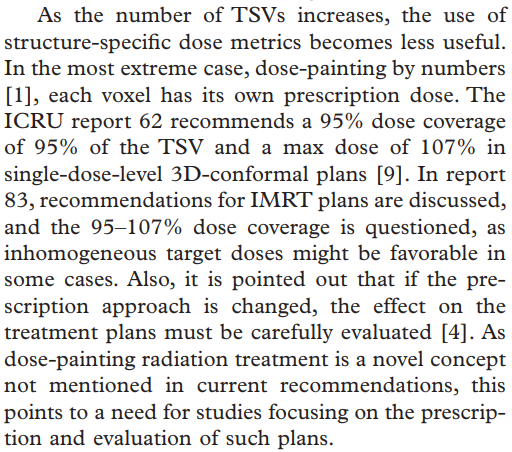- Joined
- Sep 20, 2004
- Messages
- 11,762
- Reaction score
- 11,852
Totally with you.... Walk before you can run.... Dilators can come after you've got your therapists perfectly trained on cbct (pipedream for me), tatooing correctly, not farking your schedule etc.Totally agree. Obviously, getting into specifics will be on the internet forever, so - meetings, phone calls, and discussions have been had (about the schedule...about everything). It's multifactorial.
@temujim is exactly correct. People hate conflict, perhaps RadOncs more than others. I'm the first to say/do anything about it, either because I'm the first to know it's a problem or the first to care. It doesn't matter, really.
The larger point for on-treatment dilators or anything in that realm - forest for the trees. After months and months of "discussions", for example, I'm no longer routinely getting plans from Dosimetry with hotspots >115%. However, as far as they're concerned, it's a limitation of reality to get a plan below 110% hotspot, ever. Until I break Dosi of thinking a 112% hotspot outside the PTV is an OK thing to do, I'm not going to ask for on-treatment dilators.
Not all of us get to fight with the army we want, rather the one we have.
Many people are in a bubble on this issue if they are practicing in a low volume (often academic/PPS-exempt) center which is overstaffed for the patient load compared to those of us out in the wild
Last edited:

